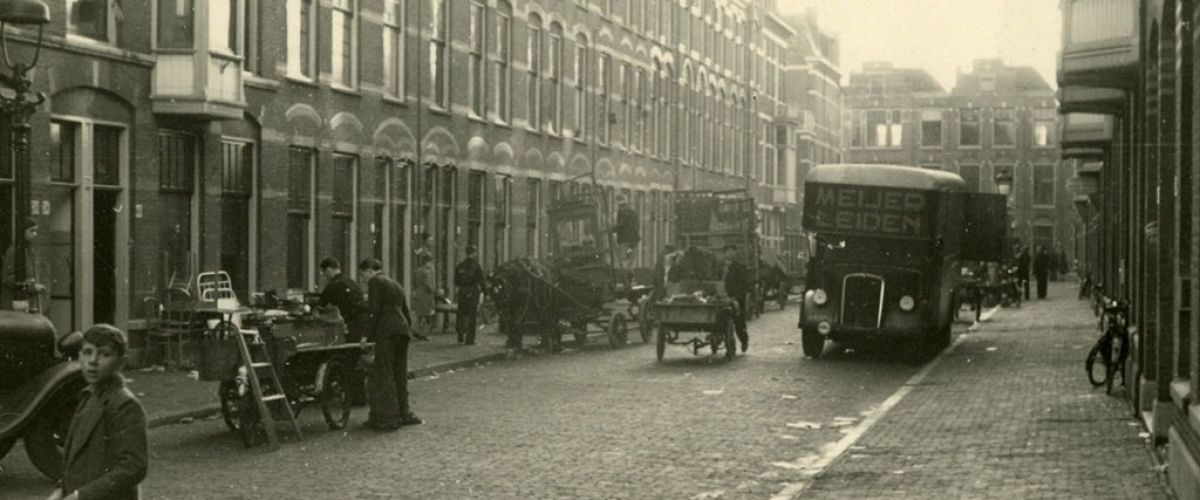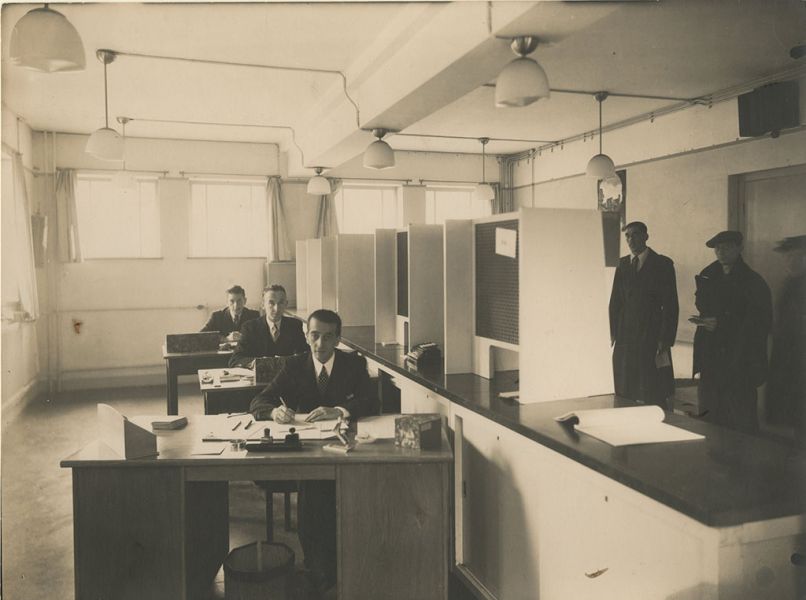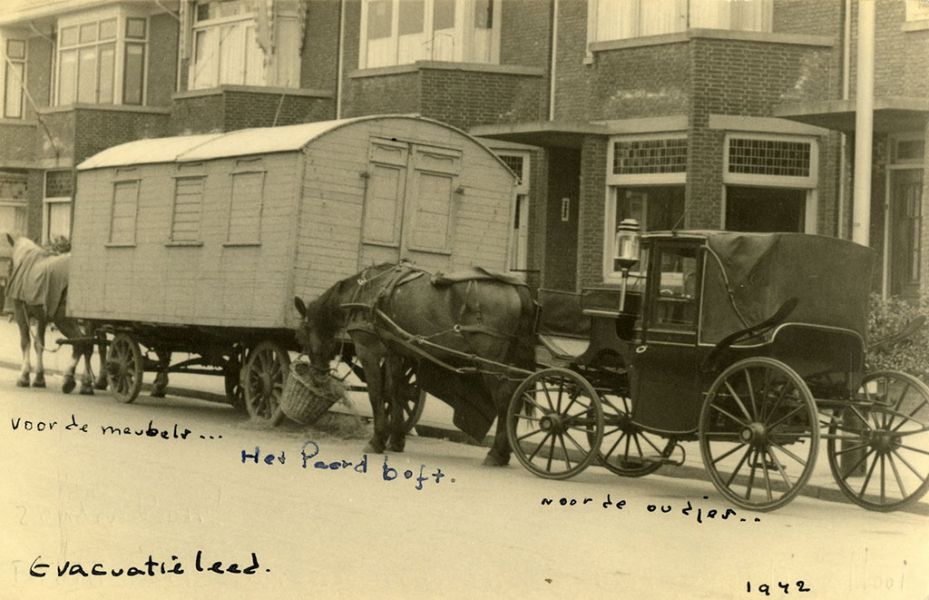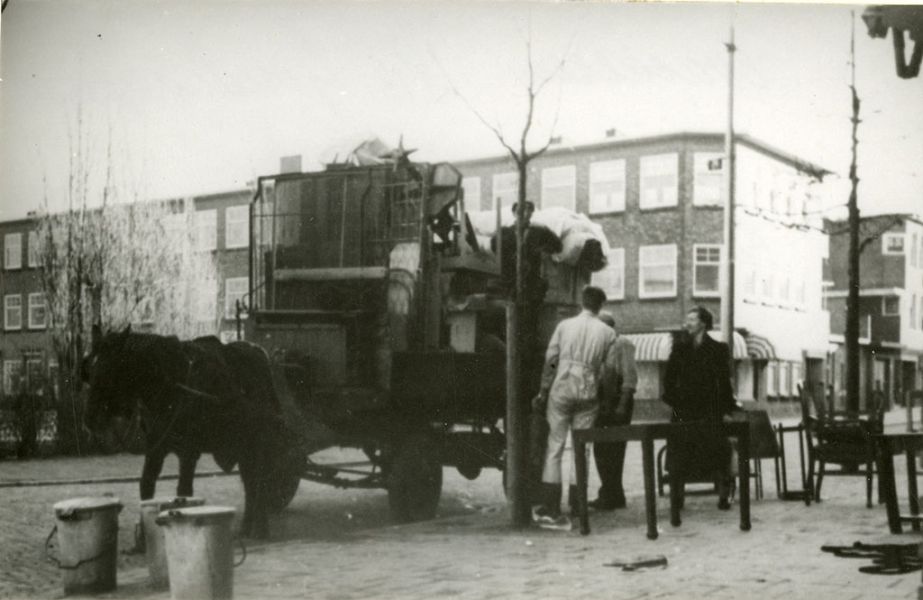Into the unknown
The first evacuations took place in Scheveningen. The operation began with houses near the beach and harbour in June 1942. This was followed by the clearance of virtually the whole area designated as a militarised zone between November 1942 and February 1943.
During that phase, a total of around 100,000 people were removed from ‘Fortress Scheveningen’ and from the intended route of the anti-tank ditch. Finally, between September 1943 and February 1944, most of the remaining civilian residents of the Scheveningen militarised zone had to leave and the militarised zone around Clingendael was completely cleared.
To the Achterhoek
The evacuees were classified as working or non-working. Working people were entitled to housing in or around The Hague, while the rest were accommodated elsewhere in the Netherlands. For example, many were sent to the Achterhoek, in the far east of the country. Over five hundred Scheveningen people, mainly members of the stricter ‘gereformeerd’ church, went to Aalten, while around six hundred members of the mainstream ‘hervormd’ Protestant church were accommodated in Winterswijk.
Substitutes
To cope with the shortfall of alternative accommodation for the working population within The Hague, there was also an evacuation of non-working people from neighbourhoods outside the militarised zone. These ‘substitutes’, from areas like Benoordenhout, the Archipelbuurt and the Zeeheldenkwartier, were also rehoused in other parts of the Netherlands.
 Herinneringsroute Atlantikwall Den Haag
Herinneringsroute Atlantikwall Den Haag



